Creating Your Personal Vision
Image by Johanna Krikonenko Hepp
There is intrinsic value in focusing on what comes next for you in life and in career. We are more in control of our choices, actions, behaviors and creative processes when we have clarity on what it is that we truly want, based off of our own desires and needs (not fed to us from society or cultural obligations). Having a “vision” for your life, career, or next creative endeavor is a foundational motivator for our drive to find purpose, practice skill and craft, and for maintaining a level of mastery that informs our self identity and worth.
It’s all interconnected, and starts with a crystal clear “vision”.
A vision is a breakthrough idea, a clear and definite mental picture of what you want. Something that comes up a lot in my conversations with creatives is that they want to go after a dream but stop themselves because it has “already been done before”, or it “exists already”, or “they can’t think of something that makes it originally theirs”. None of these excuses and resignations merit much meditation, especially when a cardinal rule or artistry is to steal.
Start by determining what holds meaning and purpose to you, in the present. Visioning in the present is key, since we don’t live in the past or the future! We are here now, and what comes to you in this moment is your truth.
You can use this Life’s Intentions list to determine your present priorities.
Start here:
Write 1 page (at least) of your vision, as is it already present today.
How do you feel? What is your experience of this vision?
Allow yourself to “be” the person whose vision is already fulfilled.
You are writing in first person, present tense, and speaking from the heart. Don’t come from a place of logic or practicalities, or what is possible vs. impossible. Now is not the time to edit your voice, it’s time to let it flow and start taking shape. You are writing about what it is that you want, and paying less attention to what it is that you don’t want, or should want (based on cultural influences, societal expectations, or anything anyone else wants for you. This isn’t their vision, it’s yours).
A powerful vision is almost always the result of cross-pollination of ideas, and approaches from a different field being applied to the field the creative person is working on.
What is someone doing, or have they done, that is inspiring to you? Account for that inspiration in your visioning practice.
Next step:
You have achieved all of what you’d envisioned in this area **** — possibly more. In a conversation with a friend, they say: “Seems like things are going really well for you! Will you tell me all about it?”
You answer, “I’m glad you asked!” What do you hear yourself saying next? Write it down, clearly and vividly.
After this, re-read your entire vision statement. Does it need any addtions, or edits? Take the time to edit it so that it is finished.
Last step:
Read your vision every day for the next 30 days.
Ask yourself at least once a day, ideally in the morning: What would someone with my vision do today?
As you craft your vision, remember that this activity is part of a larger experience I call Creative Leadership. It is leadership of yourself. It is the act of continual production of ideas, as part of the process of developing and refining your vision. As a Creative Leader, you understand that not all ideas are wins, and failure in execution of a plan or idea means the experiment worked. Visioning is ultimately about making things happen (a step beyond conceptualizing), and innovation along the way.
Creative leadership means having such a strong conviction that an idea will work, that its realization is driven with relentless commitment. This compulsive determination is required to push through all the barriers and convince the critics — first and foremost, you own critic.
Learn more about my coaching programs, and how to create a collaborative support system that enables you to live your professional or artistic dream with ease and clarity! Click here to learn more.

